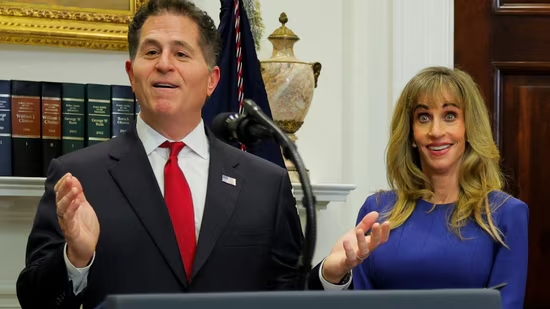U.S. economy makes strong showing through recent GDP results
- Alexangel Ventura

- Aug 28
- 2 min read
On August 28th, the U.S. Department of Commerce released a second estimate, a revision, to the second quarter economic report it released before showing a 3% GDP rise, with it showing a far stronger economy up front than expectations.

The original report, showing an average 3% growth rate, already outright prevented the official declaration of an economic depression following Q1's 0.5% contraction, as two consecutive quarters of economic contraction are required for the labeling of such economic event. However, the Commerce Department today release a revised estimate showing the GDP rising by 3.3% in an annualized rate in Q2 2025, 0.3% higher than the previous report and much higher than investors and analysts' expectations.
Real Final Sales to Private Domestic Purchasers, the broad measure of underlying domestic demand, rose 1.9%, higher than the previously reported 1.2-1.9%. In addition, corporate profits rebounded significantly, rising by $65.5 billion following their heavy decline of $90.6 billion in the first quarter.
The key to the Q2 GDP surge was lower imports; they fell as a result of firms front-loading orders in Q1 in preparation for tariffs, leading to a minimized trade deficit in Q2. This in turn reduced the import subtraction.
However, strong consumer spending, combined with heavy artificial intelligence investments from Big Tech as demonstrated by Nvidia's latest earnings report, also drove up economic growth, keeping demand high amid economic uncertainty from tariffs and gradually rising inflation.
Overall, Q2's 3.3% caused 2025 average growth to reach 1.4%, lower than 2024's 2.5% but still strong compared to earlier this year.
Chris Zaccarelli, the chief investment officer for Northlight Asset Management, reacted to the news by stating in a note, "With GDP running at 3.3%, … it should be a boost of confidence to markets that most of the tariff-angst was misplaced earlier this year." Paul Ashworth from Capital Economics noted as well that, "increasingly concrete signs of an AI-related boom in tech investment," especially in software innovation, led to the rise in economic growth.
Additionally, Gregory Daco from EY-Parthenon argued on Fox Business that the results were "largely a mirage," citing import patterns perfectly contributing to higher growth, with underlying private demand muted.









